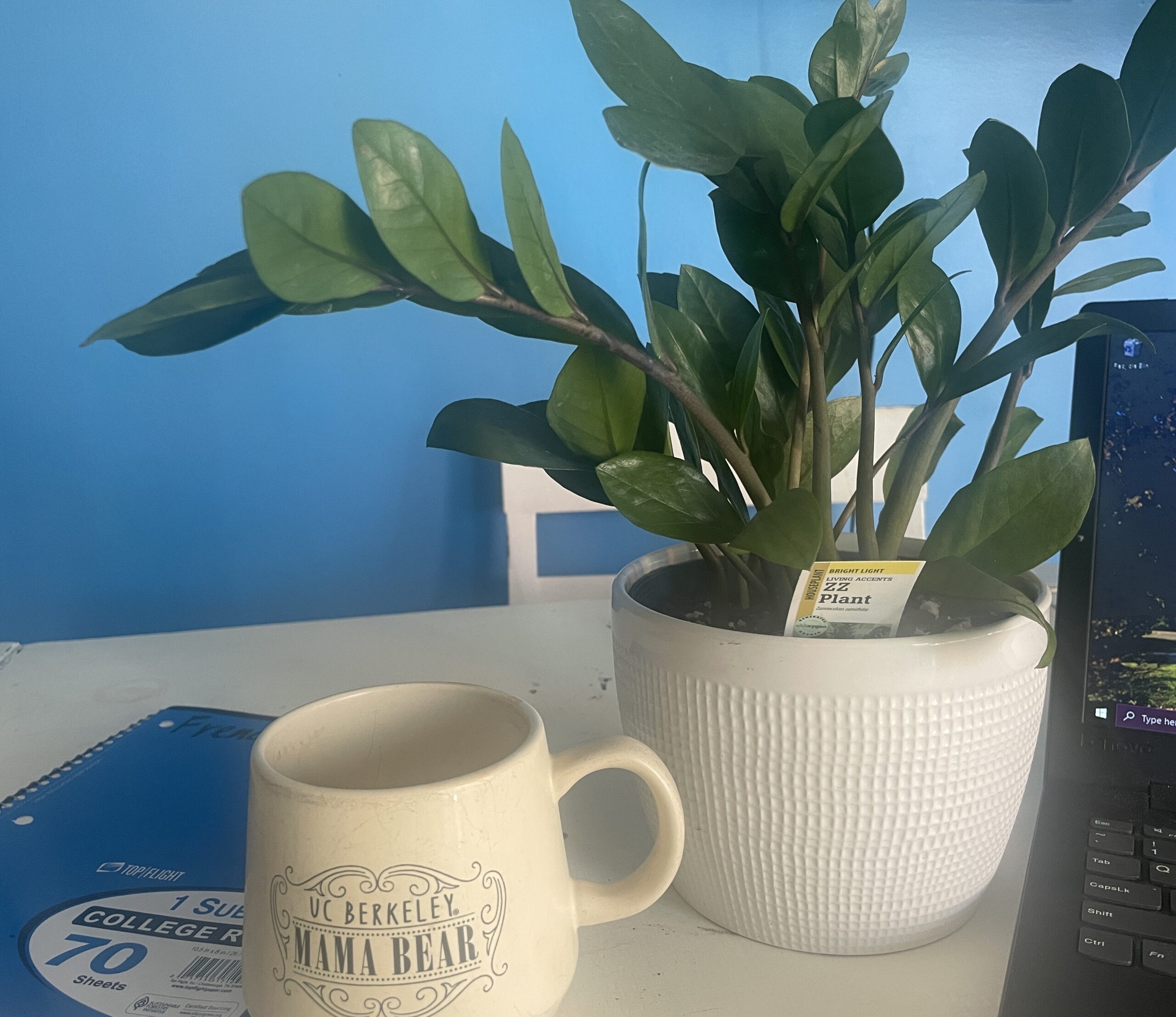If I sum up this topic with one word, that would be patience. I could end this article right there. I say that because my impatience has killed more plants than the laws of nature allow. But to be fair, I need to give you a complete “pot” of houseplant tips on avoiding huge houseplant mistakes. (pun intended). A word of caution here: my houseplant mistakes may differ from yours, so bear with me as I elaborate on mine.
1. Avoid the Mistake of Dividing Plants Too Soon
One of my biggest failures was acting too soon. One day last spring, after I had picked the plants I went into the garden center to buy, I decided to walk around just because it was such a lovely day. I stepped outside the greenhouse, and my eyes fell on two huge vining plants that grabbed my heart and wallet.
One was a 10-inch hanging non-variegated Spider plant with lush, dark green leaves, a plant I did not know existed because I had only seen the more common light green variegated spider plant. The other plant was a 10-inch hanging Swedish Ivy.
Over-Thinking It Too Soon
My first thought was that I could divide to get two plants from one of each of them. Besides, they may have been too heavy to hang from the ceiling if I couldn’t locate a stud where I wanted to hang it. So within a few days, I got two 8-inch pots and divided each plant.
My first mistake was not allowing the plants to acclimate to my home, which should take at least two-four weeks, depending on how your home environments, such as humidity and lighting conditions, differ from where the plant came from.
The best scenario would be to let the newly acquired plants stay in their original pots for about a year.


Here is What happened to the Smaller Plants
I struck gold with those two plants, especially since they were each only $10.00. I put one of each of the plants outside and hung the other two back up.
Before the summer ended, I lost one of each of those beautiful plants. The plants became more sparse by the day. The two original plants have been in rehab since last summer. They are doing well but aren’t as full and lush as the original plants. Lesson learned.
I May Downsize Again
The photos above show how sparse the Spider Plant is since I divided it into two separate plants. I was hoping it would fill in the smaller pot. The two photos below show how sparse my Swedish Ivy plant has been since I divided it. So, I may downsize it to an even smaller pot next spring so it will look full and lush again.
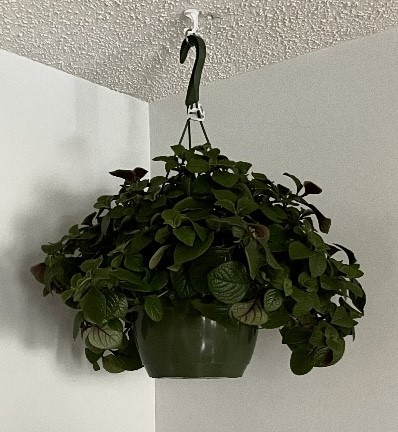
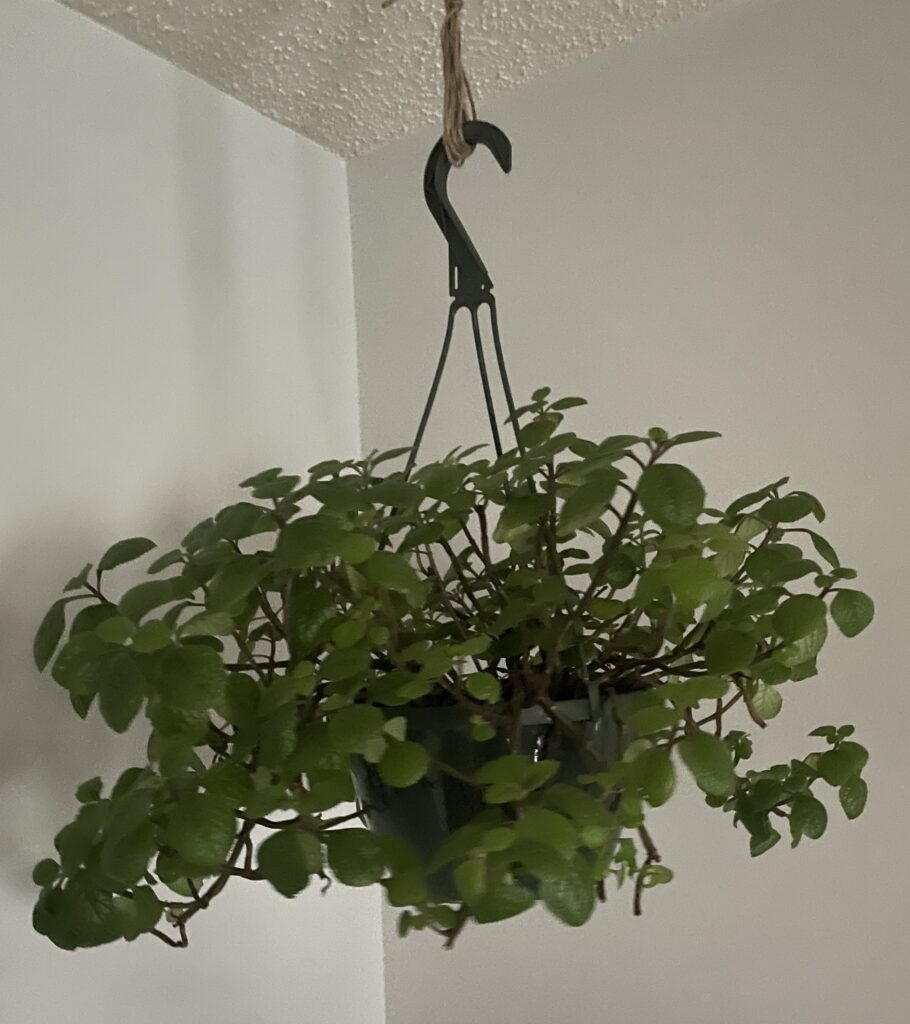
2. Protect Propagated Cuttings You receive Through the Mail
One of my plant friends gifted me cuttings of a Philodendron Pink Princess. That was when cuttings for the Philodendron Pink Princess were selling for $300-$400 per leaf.
He sent me enough for a six-inch plant! He removed the soil and wrapped the roots in moist Sphagnum Moss. They arrived undamaged, and I was so grateful. But then things took a turn for the worse.
The Sphagnum Moss Would Have Been Fine
I was so excited about the plant that I immediately potted it. I could have let it stay in the Sphagnum moss and put the whole thing in a suitable pot without disturbing it. But at the time, I did know that a plant could do well in only moss.
So, like my Swedish Ivy, the Pink Princess went downhill fast. Once again, I failed to allow it to acclimate to my home.
It was used to the environment in my friend’s New England home. Then it traveled across a few states, in and out of mail facilities, and then to my home. I stressed it out even more by not allowing it to rest after I received it.
I Hate Losing Plants That Other Plant Parents Gifted Me
I felt awful about losing that plant, especially since it was a gift. And that brings me to the next point.
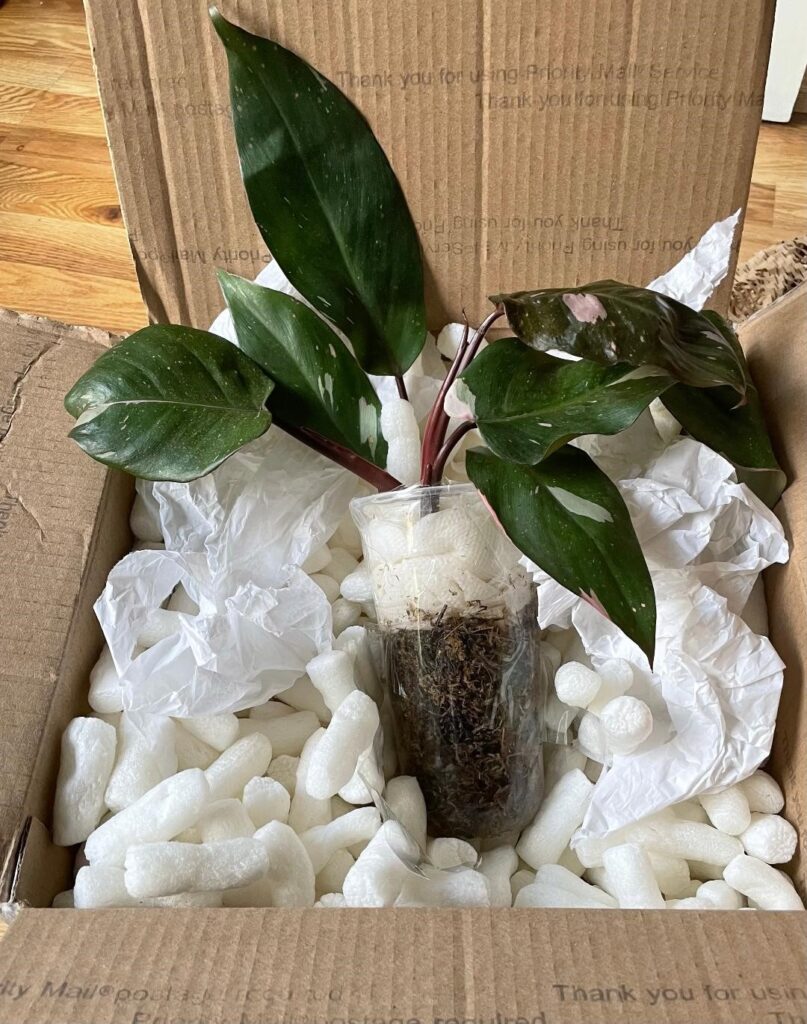

3. Keep your Propagating Mediums Moist, Not Wet
When I first started propagating my plants, I preferred I use water only. I learned I could get better outcomes by propagating my cuttings in other substrates. I decided to try it. When Propagating cuttings in Perlite or Sphagnum Moss, keep the medium moist, not wet.
Remember To Air Out the Containers
The mistake I made when propagating in Perlite, and Sphagnum Moss was that I kept both mediums too wet. If could put the cuttings in plastic containers to create a greenhouse effect. But open the container a few times weekly to allow oxygen flow in. An air-tight seal will encourage fungal growth and rot your cuttings.
Poke Holes in The Plastic Wrap
If you use a cup and cover it with plastic wrap, poke a few holes in it to allow airflow.
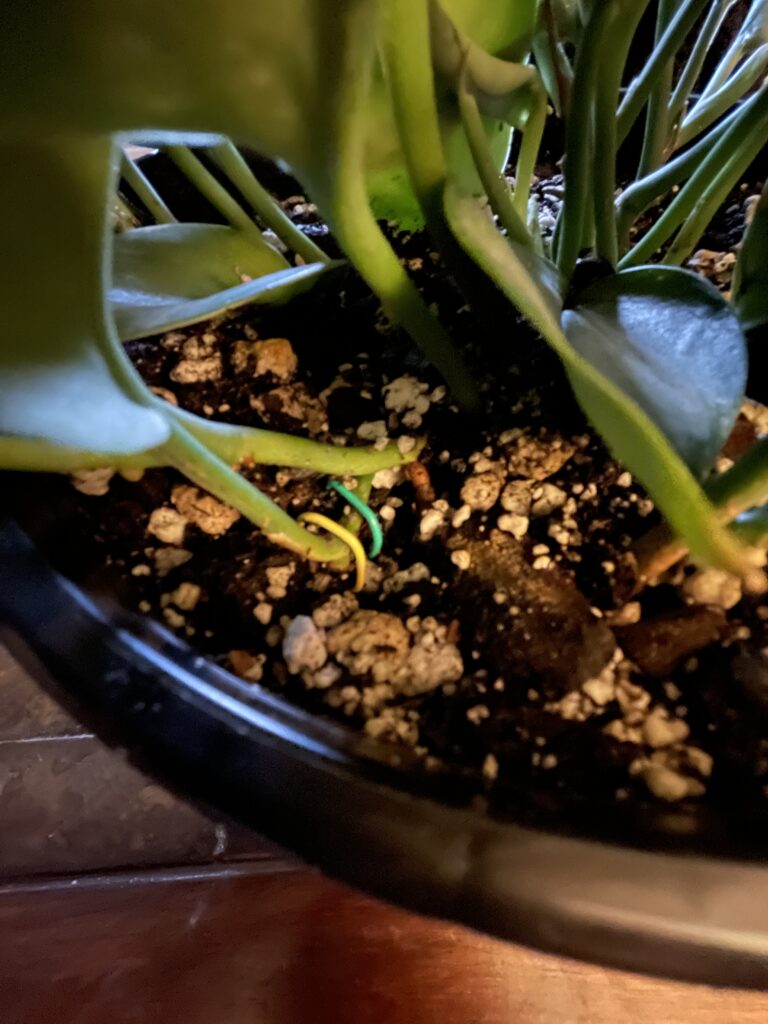
4. Pinning down your vines into the soil too hard
Sometimes, you can propagate your vining plants without any cutting. All you need to do is gently pin the nodes of a long vine into the soil of the plant. You can buy houseplant pins, or you can use hair pins or bent paper clips.
I have made the mistake of pushing hair pins down too hard on the stems which only prevented the stems (and the leaves) from receiving rich nutrients from soil. The pins cut into the vines before they could root.
Here is a link to another blog about houseplant mistakes. She mentions some more houseplant mistakes.
https://invinciblehouseplants.com/blog/7-mistakes-people-make-with-indoor-plants
5. Being Too Zealous With Pesticides
I mentioned this mistake in another article, but it is worth repeating. All houseplant lovers will have to deal with pests, but there is a proper way to treat pests. If you are not careful, you can damage or even kill your plants with a pesticide, so the pests won’t have to do it for you. LOL.
I didn’t even have any pests on my indoor plants but I called myself using the pesticide as a preventative, and my zealous trigger-happy finger went overboard.
Although it was an “all-natural” mixture, I still sprayed more than I should have. And it nearly killed a few of my most beloved plants.
6. You Can Mistakenly Cause Leaf Burn
But get this. I have caused leaf burn to some plants by putting them too close to a south-facing window in the summer. A few of my plants have gotten leaf burn from being too close to a north-facing window during the winter months! Now, that surprised me.
When I first heard that plants could get leaf burn, I envisioned they would look dark like most burnt things. But actually, it is more like a white/pinkish blotch on the leaves.
The leaves won’t recover from it, so move the plant back from the window to protect more leaves from burning.

7. Putting Plants too close to drafty windows
When my son told one of his friends that I had a lot of houseplants, his friend asked me to send him some cuttings. I hesitated to send the cuttings because it was already October. And the winters can be brutal where he lives. I wanted to wait for the spring to send them, but I sent them anyway because he was anxious to get them.
Move Cuttings and Plants Away From Drafty Window
I sent him some plant cuttings. He sent me a photo, and I noticed they were on the window sill. And winter weather was approaching. I texted him to let him know that he needed to move the cuttings to a warmer spot if the propagations would work.
Your Plant May Not Recover
Frozen houseplant leaves do not recover once exposed to a draft. If you would not sit next to a cold, drafty window during the winter months, then nor do your plants.

7. Repotting Your Plants Too Often
If you have ever had to move often, you might know what I am about to say. It does not matter whether you moved because of your career or for the sake of adventure. Every move is stressful. Getting settled in your new place takes time because each environment is different.
It is the same with houseplants. Every time you re-pot them without a valid reason, (such as being root-bound), you force them to try to acclimate to yet another new “home, and that stresses them. Be assured that some plants never bounce back from too many repottings.
I Do Have Lots of Plant Successes. But Later For That!
Now that some of you think I am a total failure as a plant parent let me paint a brighter picture and offer you some hope if you are thinking about starting an indoor garden.
I have a lot of plants that are thriving, and I plan to feature them in future articles, so keep watching this space.,
Right now, I want to help new plant parents avoid some of my mistakes. You will still make mistakes, and you may even make some of these same ones. But you must get in there and let trial and error guide you.
Happy planting!


